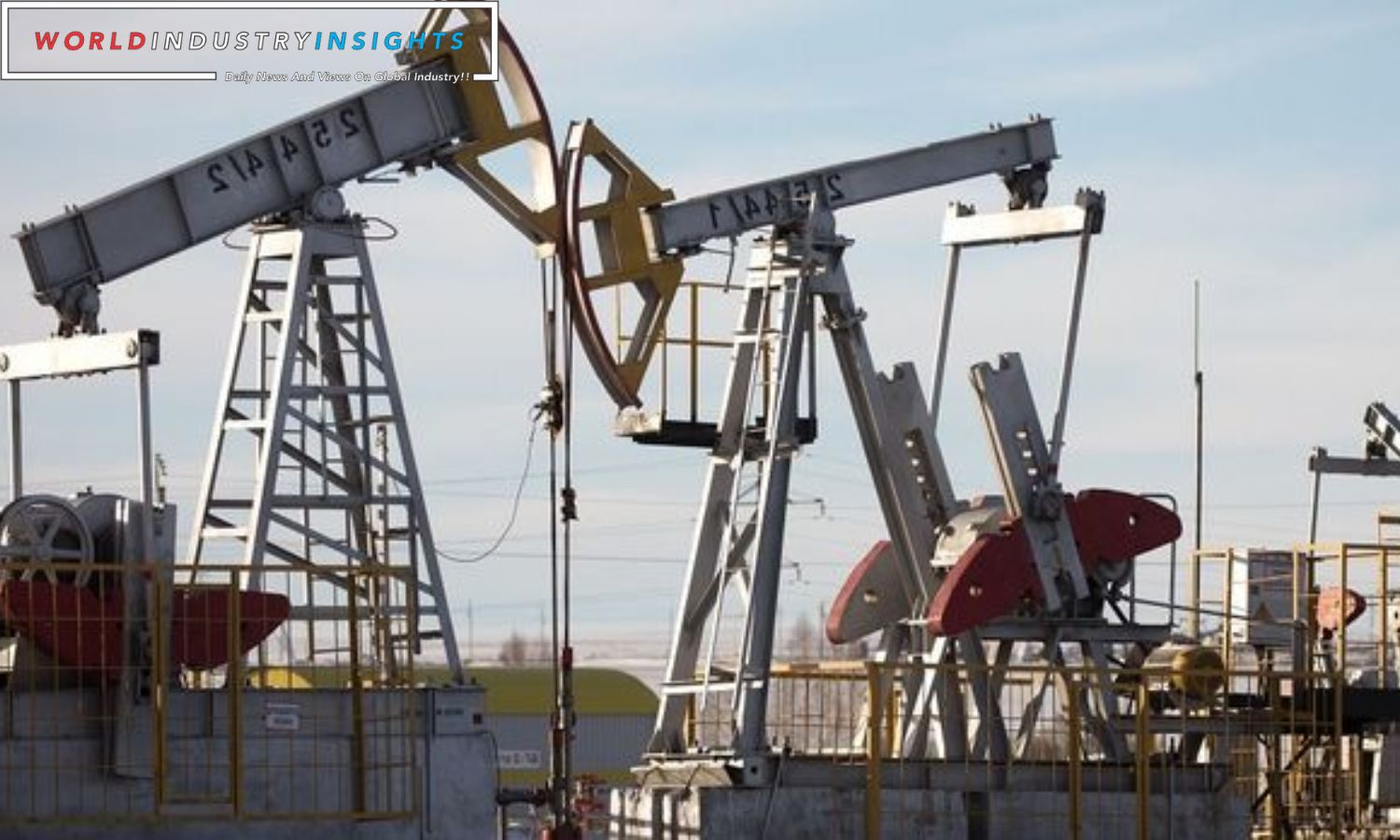Oil Slippery Slope: Thursday was the third day in a row that prices fell sharply in the oil market, which is a very complicated dance. Who started it? The amount of crude oil and gasoline in the U.S. has dramatically increased, which is better than expected and eases supply worries.
Brent futures finally settled at $85.52 a barrel at 04:05 GMT after swinging down by just 30 cents, or 0.35%. This is similar to how a careful pendulum works. The price of their American equivalent, West Texas Intermediate oil, fell more sharply, by 42 cents, or 0.50%, ending at $83.07 per barrel.
The oil market is building a story about a reversal of gains made earlier in the week. The sharp 2% drop in the previous session supports this story. On Wednesday, the American Petroleum Institute posted numbers that showed U.S. crude oil stockpiles rose by almost 12 million barrels. This is a clear sign of how the market has changed.
What happened with the increase is very different from what analysts at channel said would happen. They said there would be a small rise of 500,000 barrels.
According to smart analysts from the ING firm in a client note, lower refinery run rates due to repair needs played a big part in this huge increase in stockpiles, which threw a literal spanner in the works of the market.
Stocks of gasoline built up their own peak, rising by 3.6 million barrels, which fit perfectly with the crude story. The market is shaking because of the difference between this real spike and the expected 800,000-barrel drop, which analysts hold dear.
In a letter to a client, JP Morgan analysts make a scary claim: fuel prices, which are dangerously close to the limit of what people can handle, may be hiding a story of falling demand. People are showing signs of hesitation and lowering their previously insatiable hunger for fuel as a way to protect their finances.
Also Read: Crude Oil on the Rise: Middle East Tensions Drive $4 Spike in Oil
As we move into PADD 5, which is controlled by California’s huge fuel needs, the story gets more complicated. The smart analysts at JP Morgan say that gasoline demand in this sector dropped by an amazing 100,000 barrels per day between the warm embrace of June and the autumnal caress of September. This sad pattern ends with a seven-month low of 1.46 million barrels per day.
Fans of the market are watching how the story develops as they wait for the U.S. Energy Information Administration’s (EIA) predictions, which are set to come out later that day at 1500 GMT. They are looking for mysterious clues that are hidden in the huge amount of inventory data.
Geopolitically, at the same time, the once-dangerous fear of supply disruptions in the Middle East is becoming less of a worry, which makes oil prices go down. Analysts at ANZ say that the Israel-Hamas controversy, which was thought to be a big cause of market turmoil, is now dormant and has no effect.
The gloomy mood of the market, backed up by ING experts, shows that the risk premium, which had been a constant presence, is going away as the conflict stays on the geopolitical stage shared by Israel and Hamas.
Even though the story is hard to follow, there is a flicker of stability. The U.S. EIA’s estimates that oil stocks will drop worldwide in the second half of 2023 are a check against too much pessimism. According to the EIA’s monthly report, this hope, which comes from the belief that steadily falling stocks will keep the world’s oil supply below the level needed to meet demand, is what will keep oil prices from falling sharply.
Our Reader’s Queries
Why do oils feel slippery?
Oil and grease are substances that possess a unique property called viscosity, which means that their molecules tend to have more friction with each other than with other objects. This characteristic makes oil molecules move effortlessly with anything that comes in contact with them, resulting in a slippery surface. Therefore, the presence of oil on any surface can make it more slippery and challenging to navigate.
Why oil prices are falling?
The continuous decline in oil prices is causing concern among analysts who fear the impact of increased production worldwide. Despite the promises made by the Organization of the Petroleum Exporting Countries to limit supply, the market seems to be ignoring their efforts. This situation is causing a prolonged drop in oil prices.


